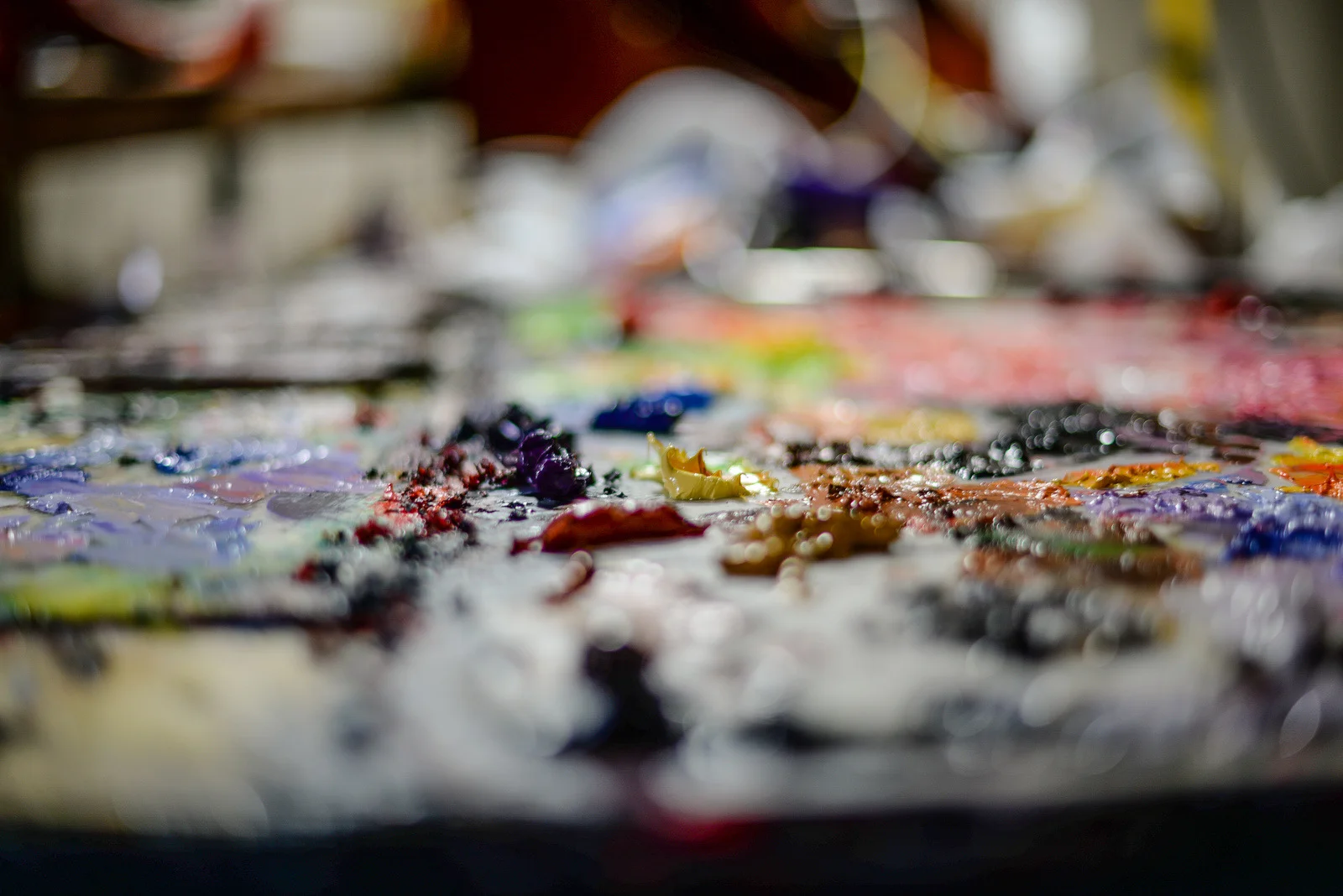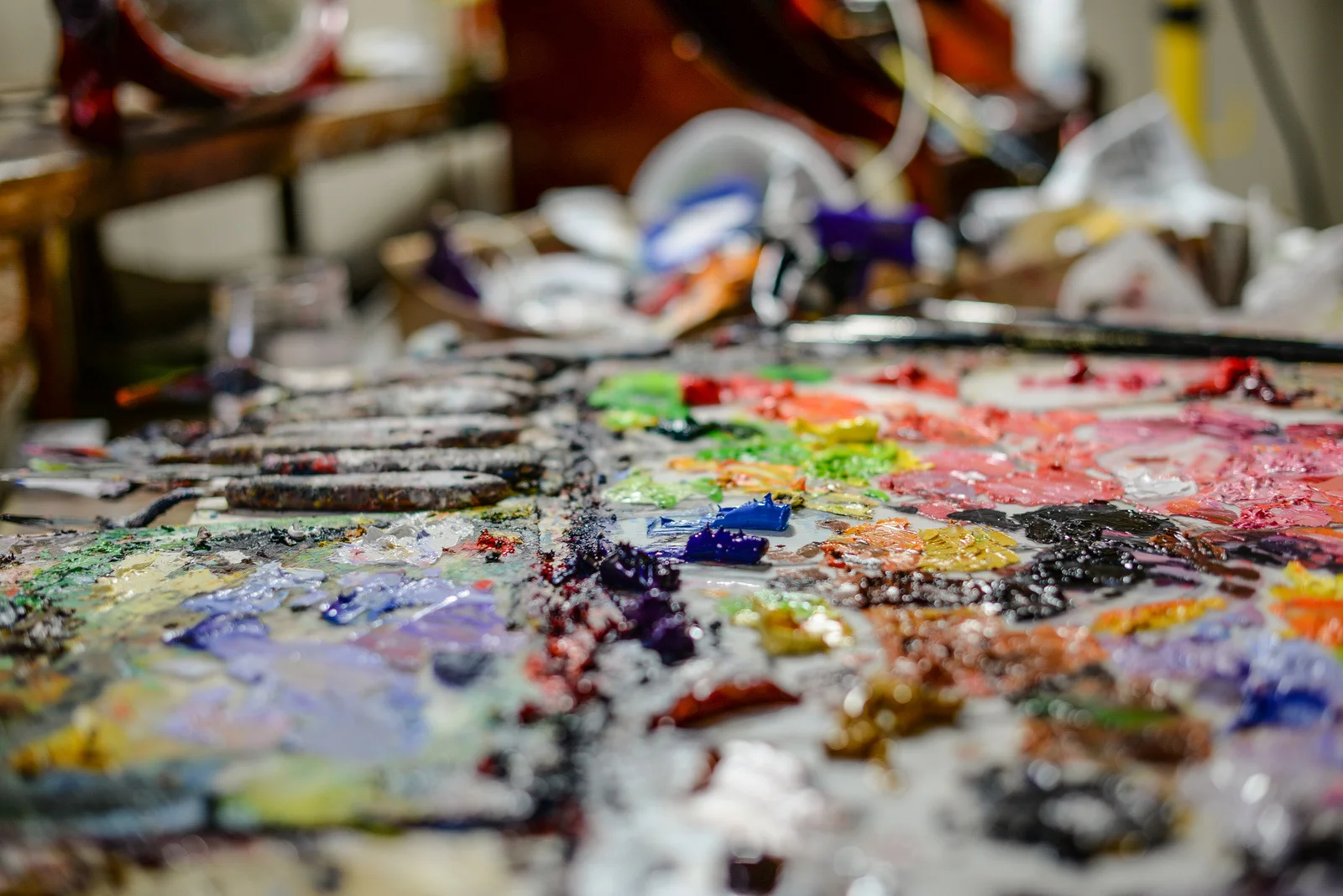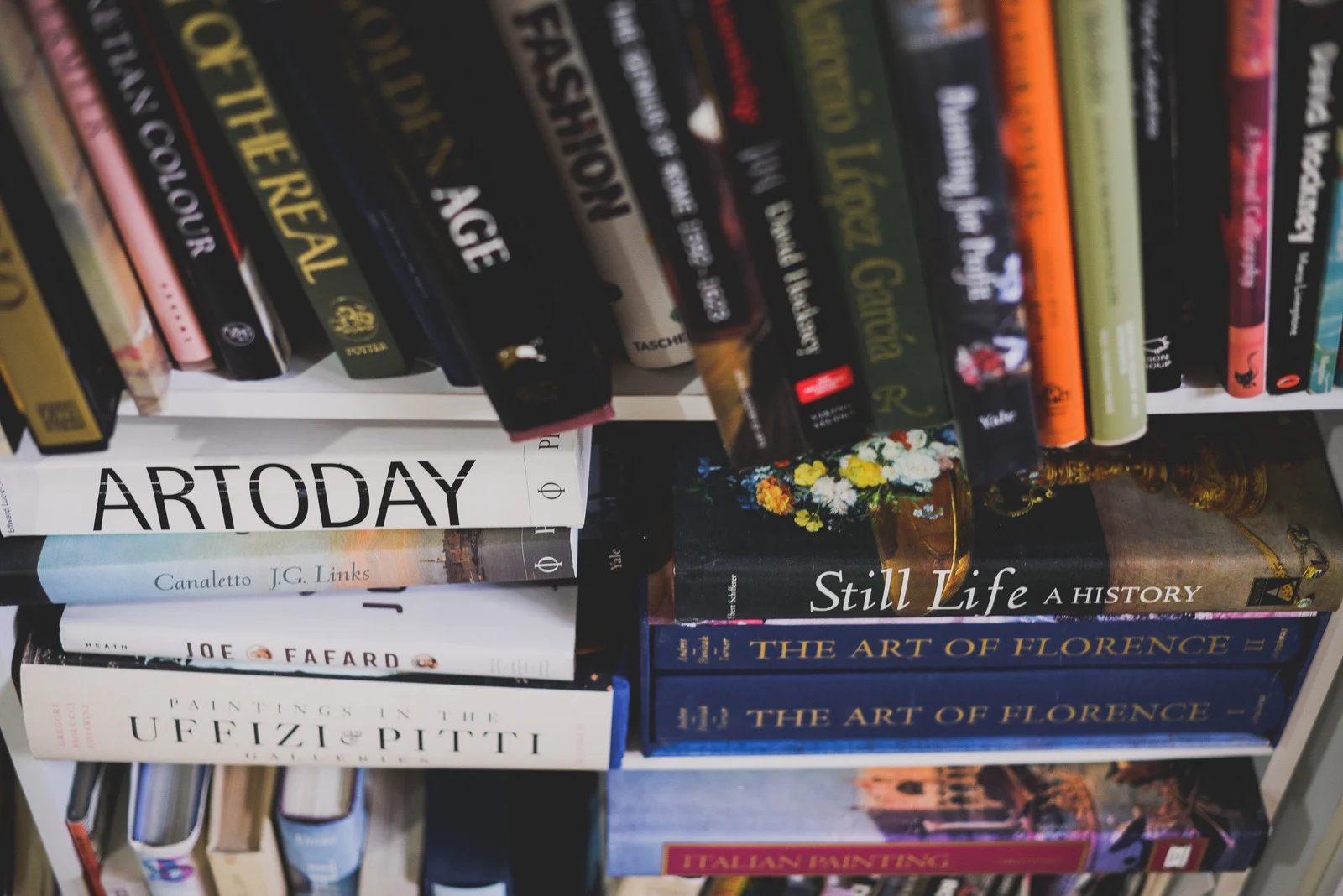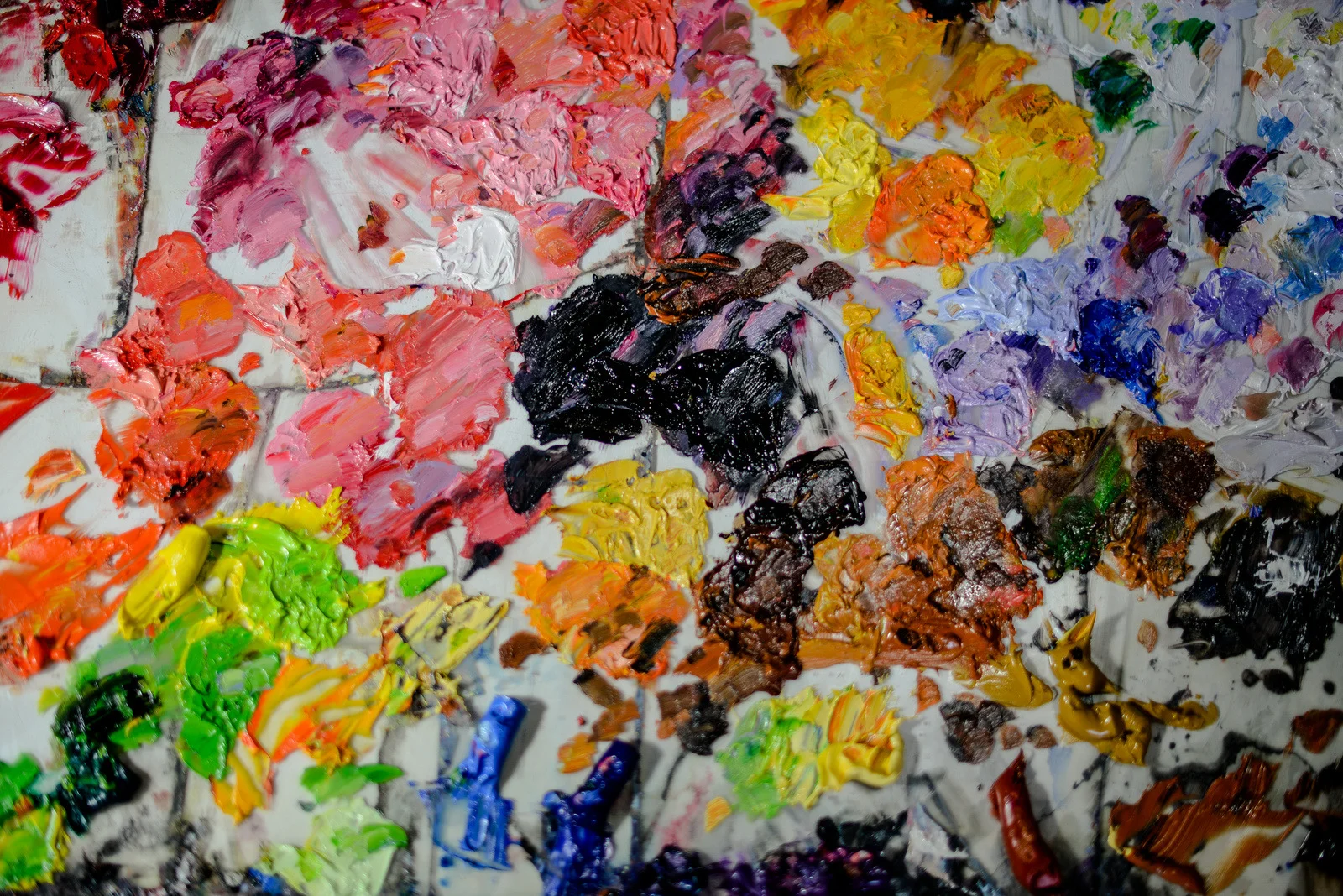5 Reasons You Should Look at More Art
As my regular readers know, I’m married to an artist, and so am biased on the subject, but I do dearly believe that we should all look at more art. Art, for one thing, consoles. It activates thinking. It troubles and pokes at the things that are wrong with the world. Art, in a certain sense, is the world. Art provokes, it makes us feel, it takes us out of ourselves. Art fills in blanks, it takes us places we wouldn’t otherwise go. Art enlivens us, emboldens us, and fills us with wonder and delight. Art calms us and soothes. Sometimes art makes us angry or distressed or melancholy. In short, through art we have a ready means to explore those things that make us human.
1. “Art washes away from the soul the dust of everyday life.”
This is of course Picasso. He also said, “Without great solitude, no serious work is possible.”
I think it’s because artists must find, often at great sacrifice, great solitude, that they are the ones who know what it is to wash the dust of everyday life from your soul.
2. “What any true painting touches is an absence – an absence of which without the painting, we might be unaware. And that would be our loss.”
– John Berger
In art, we find what we didn’t even know we might be missing. What a gift this is.
3. “Silence is so accurate.” – Mark Rothko
Most of us fill up the world with words trying to say what we need to say, especially those of us who are writers. But silence speaks in ways that only art can get at. Mark Rothko knew this very well. He also said:
“If you are only moved by color relationships, you are missing the point. I am interested in expressing the big emotions – tragedy, ecstasy, doom.”
It’s through silence that these big emotions are potentially expressed. The silence of paintings, the silence of sculpture.
4. “Once, Picasso was asked what his paintings meant. He said, ‘Do you ever know what the birds are singing? You don’t. But you listen to them anyway.’ So, sometimes with art, it is important just to look.” – Marina Abramovic
Art lets us sit with what we don’t know and don’t understand. In my opinion, that might just be the most important thing about looking at art. It helps us develop this particular stance: openness.
5. “Painting is the most magical of mediums. The transcendence is truly amazing to me every time I go to a museum and I see how somebody figured another way to rub colored dirt on a flat surface and make space where there is no space or make you think of a life experience.” – Chuck Close
We often joke in our household about how Rob is living mainly in the 16th century. Oil paint and the mediums used with haven’t really changed since then. They’re made of the same materials. If you’re interested in pigments used in oil paint, there’s a really lovely article on a library of rare colours on Artsy.
I think that we sometimes feel that we have the world at our fingertips, knowledge, too. But there’s so much we have to learn about the simplest things. James Elkins in his book, On Painting, puts it this way:
“Despite the rise of multimedia, film, video, and installation, the majority of artists master their materials, and the majority of painters do not stray any farther toward modern technology than acrylic paints or brushed aluminum: not because they are suspicious of technology, but because there is so much to learn about even the simplest substances.”
Elkins is someone who studied painting and so when he writes about it he does so with great understanding. He describes a very lengthy and close examination of a Monet painting in such a way that I want to run out and look at one myself. (Not possible from my present abode unfortunately). Here is what he says:
“An ordinary square inch in a Monet painting is a chaos, a scruffy mess of shapeless glints and tangles. His marks are so irregular, and so varied, and there are so many of them, that it is commonly impossible to tell how the surface was laid down. There is a zoo of marks in this detail that defy any simple description. At the top right is a bizarre boat-shaped trough, made by gouging wet paint with the brush handle, and then pulling back in perfect symmetry. A pool of Yellow Ochre has been dropped just to its left, and it ran slightly over the lip of the trough before it congealed. To the left of that, a streak of Vermilion or Indian Red comes down leaving an irregular trail over a layer of Cerulean Blue and Lead White. The Japanese call this technique “flying white,” because a partly dry ink brush will leave flashes of white as it drags across the silk. In the West, there is no such poetic name, and dry brush technique is normal just called scumbling (a word that can mean many other things as well).”
What’s amazing to me, what’s magical, is that in an artist’s carefully arranged combinations of coloured dirt, we can experience something transcendent. How much do we even understand of that moment?
I hope this encourages you to go to an art museum or to a local gallery. Another benefit to seeing art in a local context is that you can see what artists are excited about, interested in, and what they’re trying to say, silently, through art, in your own community.
When Rob’s show came down I immediately felt sad (happy that it had happened of course), because those works will never again be seen in that exact configuration again. The show had been carefully planned and executed over a year and a half, really, and will never again exist in that permutation. Those paintings will not be seen in the same room together. So this is another reason to go out and look at art – you’re seeing something so fleeting and ephemeral. You can look at art on the internet all you like, but it’s not the same as seeing it in person. The presence of art is something unto itself. Your body walking in front of the expanse of a painting, for example, is part of the experience of it. Going closer to see the brush strokes, moving back to see how your eye adjusts to what it has seen. These things are so important to the experience. To the soul.










